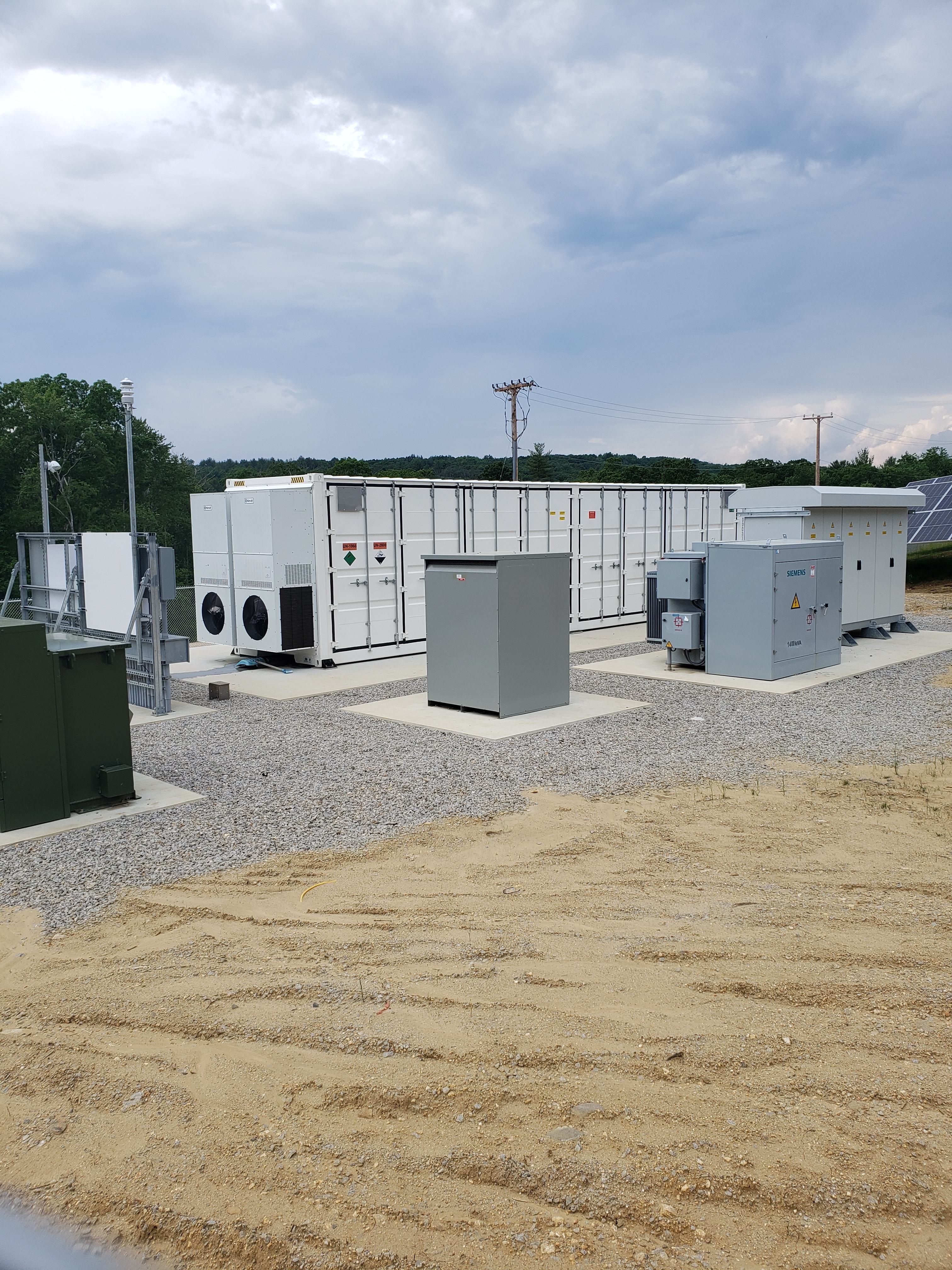Increase community resilience with energy storage
As power outages become more frequent due to an increase in natural disasters and grid overload, storage gives communities the tools to recover from disruptions faster.

As power outages become more frequent due to an increase in natural disasters and grid overload, storage gives communities the tools to recover from disruptions faster.
High impact development that provides resilient power & local revenue

Adding energy storage to a community center or hospital can act like a generator for the surrounding buildings: keeping the lights on, refrigerators or other equipment running, and EVs charged in the event of an emergency.
Energy storage is key to advancing any community’s short and long-term resiliency goals. Storage combined with solar and/or wind energy assets will help reduce carbon emissions and curb the impacts of climate change, including allowing co-located buildings to continue operating when the electric grid is down.
Revenue via a lease agreement with a landowner or a tax agreement with towns can provide additional revenue without any additional burden on infrastructure.
As the energy storage industry progresses, advancements such as community micro-grid development is expected to provide power to critical community facilities like shelters, medical facilities, communications infrastructure, and public buildings.
Continuity of Community Resources: Energy storage provides backup power to keep essential resources like traffic lights running in case of power outages or other emergencies.
Remote Monitoring: The system is remotely monitored 24 hours a day, 7 days a week, 52 weeks a year.
Limited Noise Pollution: The only source of sound from storage systems is HVAC and electrical inverter equipment—no different than levels observed with a home or commercial energy system, completely inaudible beyond 100 ft.


